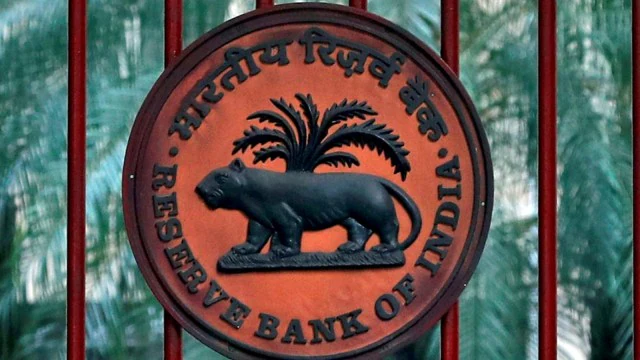



A Reserve Bank of India study proposes a daily Financial Conditions Index (FCI) to monitor India's financial health. This index would aggregate data from money, bond, equity, and forex markets to provide a real-time gauge of market conditions, helping to track major economic events and inform policy decisions.

Copyright infringement not intended
Picture Courtesy: INDIAN EXPRESS
The Reserve Bank of India (RBI) proposes a daily Financial Conditions Index (FCI).
It is a comprehensive indicator that summarizes different financial variables into a single number to show whether financial conditions are "tight" or "easy" compared to their historical average.
Purpose
The main goal of the FCI is to provide a high-frequency (daily) measure of the financial environment. This helps policymakers, analysts, and investors make informed decisions quickly.
It achieves this by tracking and combining information from five key areas:
Components => The proposed FCI for India will track key segments of the financial system, including:
The FCI is designed to be easily understood. It is a standardized index, its value is measured in terms of standard deviations from the historical average since 2012.
Tighter Conditions (Positive Value) => A higher positive value indicates that financial conditions are tighter than average. This means it is more difficult and expensive for businesses and individuals to get credit or funding.
Easier Conditions (Negative Value) => A negative value indicates that financial conditions are easier or more relaxed than average. This means credit is more readily available and cheaper.
Neutral Conditions (Close to Zero) => A value near zero suggests that financial conditions are close to their historical average.
The introduction of a daily FCI has several important benefits for India's economic management.
Early Warning System => It allows the RBI to identify signs of stress in the financial system in real-time, enabling quicker intervention.
Informed Policy Decisions => By providing a clear consolidated view of financial conditions, the FCI helps policymakers to make more objective decisions on interest rates and liquidity management.
Global Best Practice => Adopting an FCI aligns India with other major central banks, like the US Federal Reserve and the European Central Bank, which use similar tools for monitoring their economies.
Must Read Articles:
Financial Inclusion Index (FI-Index)
Source:
|
PRACTICE QUESTION Q. With reference to the Monetary Policy Committee (MPC) of India, consider the following statements: 1. The MPC is a statutory body constituted under the Banking Regulation Act, 1949. 2. The Governor of the RBI holds the casting vote in the event of a tie among the members. 3. The committee is considered to have failed in its mandate if the average inflation remains outside the 2%-6% range for three consecutive quarters. 4. Decisions of the MPC are binding on the Government of India. How many of the above statements are correct? A) Only one B) Only two C) Only three D) All four Answer: B EXPLANATION: Statement 1 is incorrect: The Government of India constitutes the Monetary Policy Committee (MPC) as a statutory body, but it is established under the Reserve Bank of India Act, 1934, not the Banking Regulation Act, 1949. The RBI Act was amended in 2016 to provide a legal framework for the MPC. Statement 2 is correct: The MPC consists of six members (three from the RBI and three appointed by the central government). Each member has one vote. In the case of a tie, the Governor of the RBI, who is the ex-officio Chairperson of the MPC, has a casting vote to break the deadlock. Statement 3 is correct: The primary mandate of the MPC is to maintain price stability while keeping in mind the objective of growth. The government sets the inflation target at 4% with a tolerance band of +/- 2%, making the effective range 2% to 6%. The framework defines failure as the situation where the average inflation is more than the upper tolerance level (6%) or less than the lower tolerance level (2%) for three consecutive quarters. Statement 4 is incorrect: The decisions of the Monetary Policy Committee are binding on the Reserve Bank of India, not the Government of India. The RBI implements the policy rate (repo rate) decided by the MPC. While the government sets the inflation target in consultation with the RBI, it is not bound by the MPC's operational decisions. |









© 2026 iasgyan. All right reserved